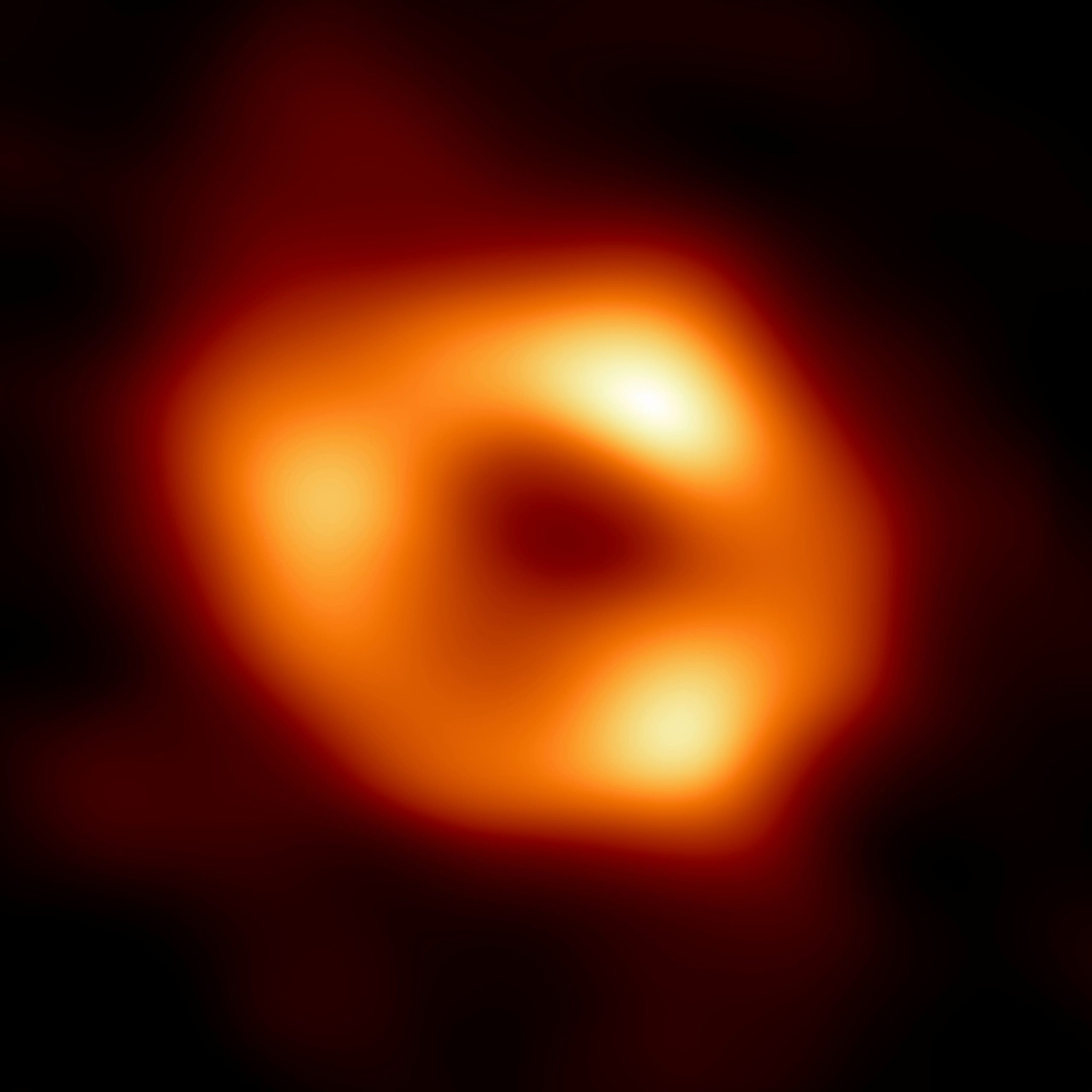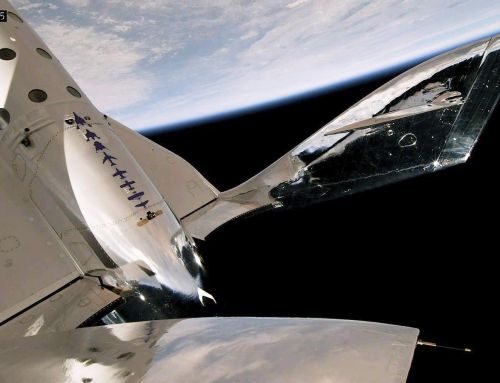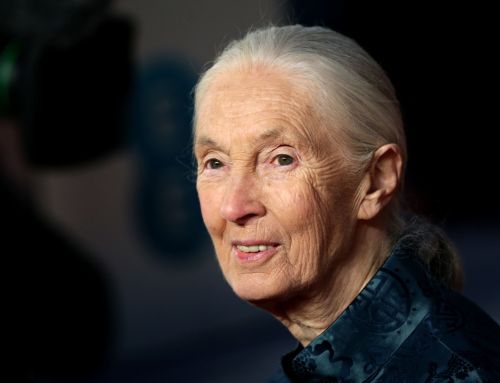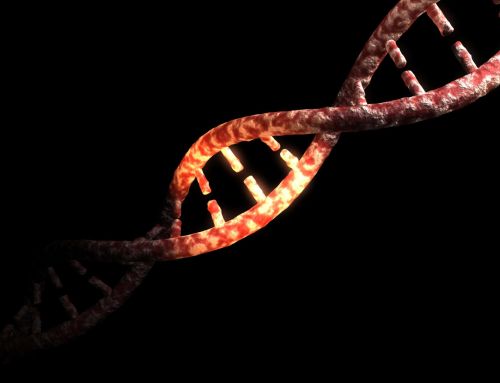The world got a look on Thursday at the first wild but fuzzy image of the supermassive black hole at the centre of our own Milky Way galaxy.
Astronomers believe nearly all galaxies, including our own, have these giant black holes at their centre, where light and matter cannot escape, making it extremely hard to get images of them.
Light gets chaotically bent and twisted around by gravity as it gets sucked into the abyss along with superheated gas and dust.
The colourised image unveiled on Thursday is from the international consortium behind the Event Horizon Telescope, a collection of eight synchronised radio telescopes around the world.
We finally have the first look at our Milky Way black hole, Sagittarius A*. It’s the dawn of a new era of black hole physics. Credit: EHT Collaboration. #OurBlackHole #SgrABlackHole Link: https://t.co/Ax7ECRVg8A pic.twitter.com/LRWizSYOy9
— Event Horizon ‘Scope (@ehtelescope) May 12, 2022
Previous efforts had found the black hole in the centre of our galaxy too jumpy to get a good picture.
The University of Arizona’s Feryal Ozel called the black hole “the gentle giant in the centre of our galaxy” while announcing the new image.
It confirmed Albert Einstein’s general theory of relativity by being precisely the size that Einstein’s equations dictate. This one is about the size of the orbit of Mercury around our sun.
Black holes gobble up galactic material but Dr Ozel said this one is “eating very little”. It is the equivalent to a person eating a single grain of rice over millions of years, another astronomer said.
Scientists had expected the Milky Way’s black hole to be more violent, but “it turned out to be a gentler, more cooperative black hole than we had simulated,” Dr Ozel said.
Enjoy this beautiful experience, a journey to the black hole in the center of our galaxy.https://t.co/535wh0mwaB@uarizona @BHPIRE #OurBlackHole
— Feryal Ozel (@feryal_ozel) May 12, 2022
“It is the cowardly lion of black holes,” said project scientist Geoffrey C Bower of Taiwan’s Academia Sinica Institute of Astronomy and Astrophysics.
Because the black hole “is on a starvation diet” so little material is falling into the centre, and that allows astronomers to gaze deeper, he said.
The Milky Way black hole is called Sagittarius A*, near the border of Sagittarius and Scorpius constellations. It is four million times more massive than our sun.
This is not the first black hole image. The same group released the first one in 2019 and it was from a galaxy 53 million light-years away.
The Milky Way black hole is much closer, about 27,000 light-years away. A light year is 5.9 trillion miles (9.5 trillion kilometres).
The project cost nearly 60 million US dollars (£49m) with 28 million dollars (£23m) coming from the US National Science Foundation.






